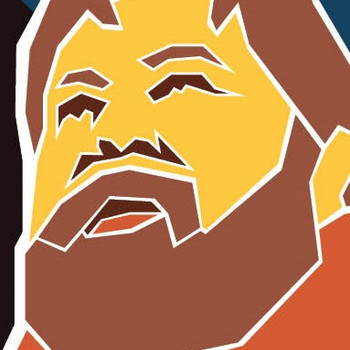Pre amble:
Suppose you have# ln(z)=s#. This may be rewritten as # z=e^s#.
You also need to know that if we have #d/(ds)(e^s)# then the solution is #d/(ds)(e^s) = e^s#
Back to the question:
#y=ln(sqrt(x)) = ln(x^(1/2)) #
So #x^(1/2) = e^y# or alternatively squaring both sides gives:
#x=(e^y)^2# ...................................(1)
The differential of this is:
#(dx)/(dy) = 2(e^y)# ...............................(2)
But we need #(dy/dx)# this can be achieved by inverting (2) giving
#(dy)/(dx) = [2(e^y)]^(-1) = 1/(2(e^y))#................(3)
But from (1) we have #e^y = x# so by substation in (3) we have:
#(dy/dx)=1/(2x)#


